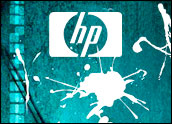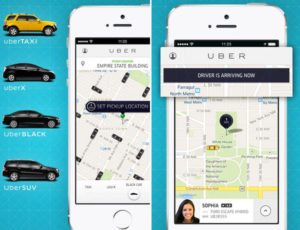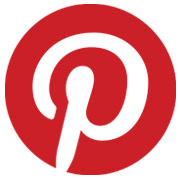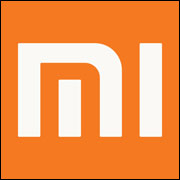
HP has opted to continue producing its TouchPad tablet device, at least temporarily, in response to an explosion of demand among consumers. That demand was likely spurred by the drastic drop in price the tablet underwent earlier this month — just after HP announced that it was discontinuing the TouchPad. The device, which sold for US$500 when it debuted a few weeks ago, dropped to $99 at some retailers.
That $500 debut price was identical to the price of an iPad 2, yet HP’s tablet couldn’t compete despite generally warm reviews for the product and its webOS platform. Less than two months after it arrived, HP announced it would be pulling the product from its line.
The price decline, while perhaps not economically solvent for an extended period of time, immediately solved the sales problem for HP. Tablets began flying off the shelves, and on Tuesday the company announced it will produce a final run of TouchPads, available for purchase at the discounted $99 price.
It’s unknown how many units will be released or when they will be available, so it’s possible there will still be unfulfilled demand. The company said even if that’s the case, it will wind down production at the end of the fourth fiscal quarter for 2011.
Switching Gears
When the product was discontinued along with HP’s other webOS devices, some critics felt the company could have explored options other than abandoning the product completely. The company said Tuesday its contributions to the tablet market on a whole are not over, however.
“The tablet space is important to HP, and we will have tablets,” an HP spokesperson said in a statement provided to the E-Commerce Times by HP corporate media relations representative Elisa Greene.
For example, the HP Slate 500 is a Windows 7-based tablet designed to meet specific business needs, according to the company. The device is directed toward business users in industries such as healthcare, retail and hospitality to whom custom apps and multitasking programs are essential. The focus on selling to an enterprise base rather than casual consumer users perhaps reflects a shift in gears that HP hinted at earlier in the month when it released its somewhat dismal quarterly earnings and stated it may sell or spin off its PC division.
Gone Too Soon?
The company declined to comment on whether the new-found demand for the TouchPad was fueled entirely by the drastic price drop or whether it felt it abandoned the TouchPad too early. However, price is most likely the main, if not the only, impetus behind the sales boom.
“The demand was definitely fueled by the low price. $99 is a dramatic drop from $499,” Michael Holt, analyst at Morningstar, told the E-Commerce Times.
It’s unknown why HP came out off the starting blocks with prices identical to the far-and-away consumer tablet leader.
“The bottom line is that the one weapon they had against Apple was price, and they came out matching its price, and that pretty much sealed their fate. Apple had such a head start that it makes it difficult for anyone else to compete,” said Holt.
Even though the current discounted price of $99 probably isn’t profitable in the long term for HP, setting a price alluringly lower than the iPad could have worked to it’s advantage. Now, the company is most likely just using up already-ordered parts and trying to subsidize at least some of the costs of producing the TouchPads.
“Price can be a successful strategy, but I don’t think anyone really thinks $99 was a sustainable price. It’d be interesting to see what it would have done at $299,” said Holt.
Judging by HP’s most recent quarterly report and shift in focus, however, it’s clear the company didn’t want to dabble in a market where significant losses had already been suffered.
“HP is struggling on a lot of different fronts. I don’t think they had the operational flexibility to try that out. There’s not a lot of wiggle room for them to take a chance on that,” said Holt.






















































Social Media
See all Social Media